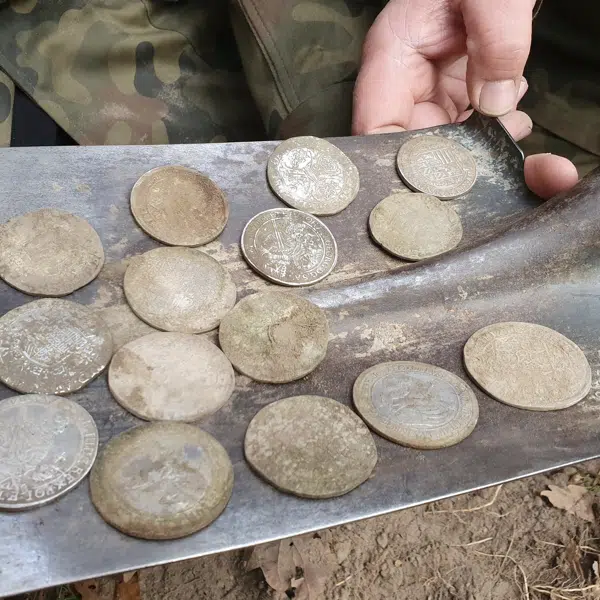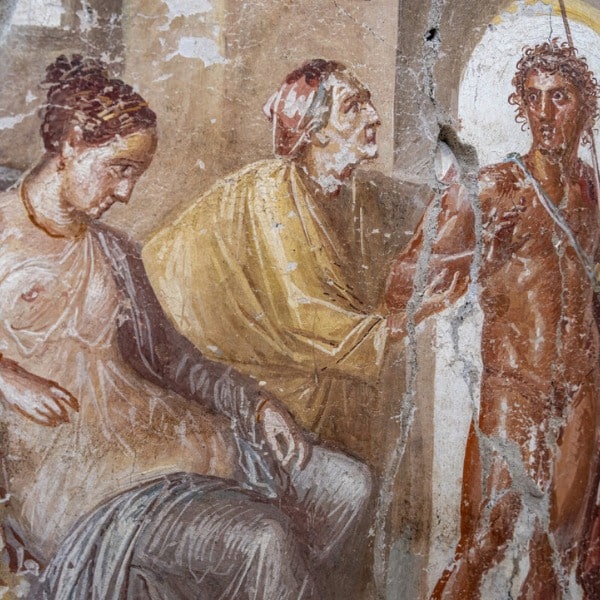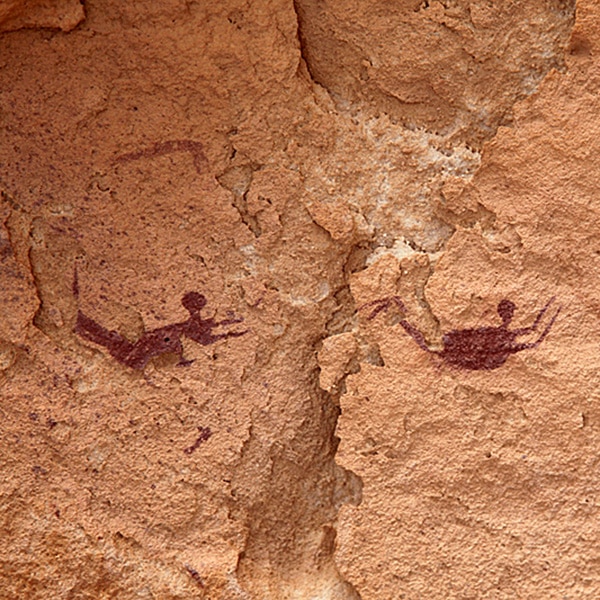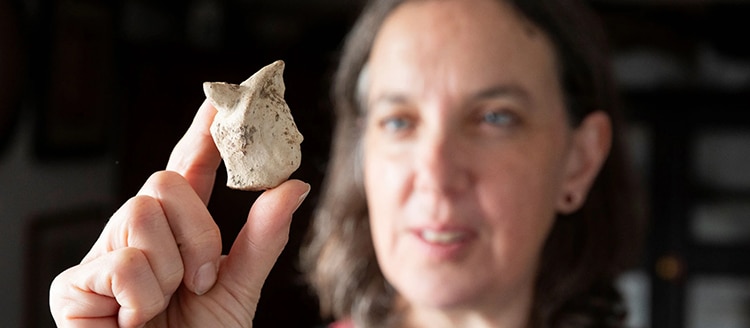
Photo: James Dobson, © National Trust Images
The Roman Empire first invaded Britain in 43 CE, beginning a continual imperial presence that lasted until the fall of the empire in the 5th century. The Roman occupation brought villas, bathhouses, military encampments, and, of course, Roman religion to the land. Many of the remains of the Roman period have been discovered during excavations or construction projects—including bathhouses, mosaics, and items such as coins. A new discovery of a small ceramic head at Smallhythe Place in Kent, England, has indicated a previously unknown Roman settlement. This rare clay find is an exciting window into ancient Britain.
Researchers were digging at the site in search of archeological evidence of medieval shipbuilding activities between the 13th and 15th centuries. In the process, they discovered a small white ceramic head of a small statue. It depicts Mercury, the Roman patron god of shopkeepers and merchants, who is often depicted with wings on his sandals or hat.
The head dates to a previously unknown Roman occupation of the area between the first and third centuries CE. It was once attached to a small portable statue that would have been used for worship in the home or taken as an offering to a temple. It is possible the statue broke over the centuries or perhaps was smashed in a ritual.
The find is especially rare due to the material of the head. According to a statement from the National Trust,”Pipeclay figurines were made of clays local to central Gaul (modern-day France) and the Rhine-Moselle region and were imported; however, most pipeclay figurines found in Britain are of female deities, the majority being of Venus.” Not only is this find of Mercury with his winged cap, but it was also typically crafted from metal in Roman Britain. Nathalie Cohen, an archeologist at the National Trust, said, “Our excavations at Smallhythe revealed previously undiscovered Roman activity, dating from the 1st-3rd centuries [CE], where we found tiles stamped with the mark of the Roman fleet (the Classis Britannica), ceramics including an intact pot, and evidence for buildings, boundary features, and pits—which provide tantalizing clues to the nature of this riverside community.”
The Mercury head, along with other finds from the excavation, is now on view at Smallhythe Place.
The discovery of a tiny Roman statue head depicting the Roman god Mercury in Kent, England, has helped identify a previously undiscovered Roman-era settlement.
View this post on Instagram
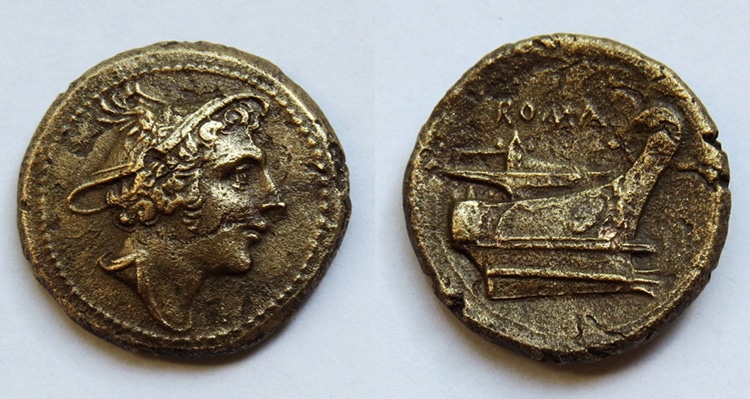
The Roman god mercury, here portrayed on a third-century BCE coin, discovered elsewhere. (Photo: Wikimedia Commons, CC BY-SA 3.0 DEED)
h/t: [CNN]
Related Articles:
Ancestral Pueblo Carvings Discovered in the Southwest May Have Been a Calendar
Researchers Discover Bronze Age Treasure Made of Meteorite
Ancient Roman Scroll Burned by Mount Vesuvius Eruption Is Now Readable Thanks To AI
AArcheologists Open 2,600-Year-Old Etruscan Tomb Unearthing Ancient Treasures














































































